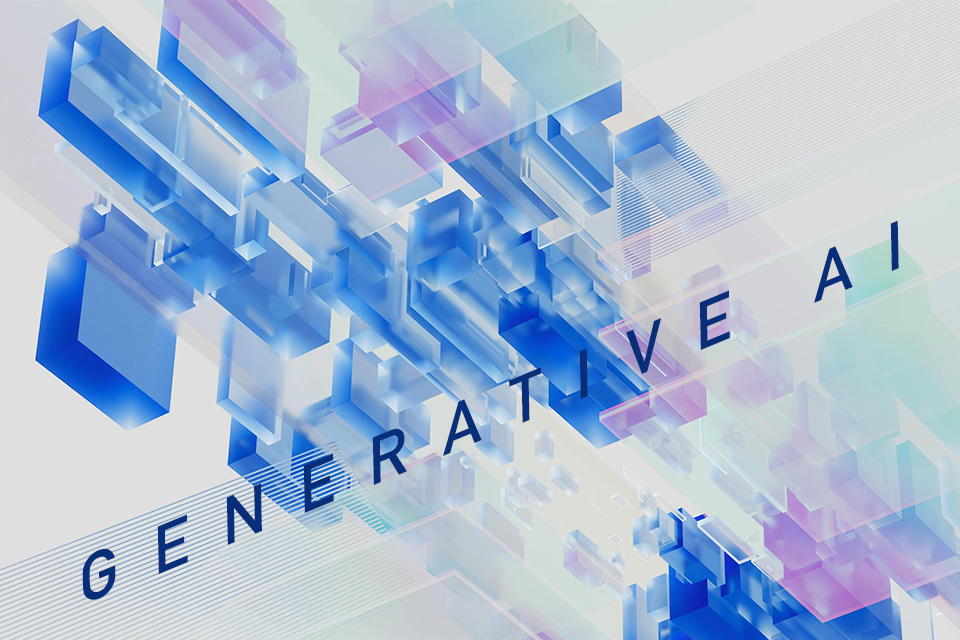Introduction
Generative AI, short for generative artificial intelligence, is a type of AI that can create entirely new content, like text, images, music, and even videos. It’s essentially like having a super-powered copy machine that isn’t just limited to copying, but can also use what it’s learned to generate new and original things.
Just like it can be used for good, unfortunately, cybercriminals can leverage generative AI for their own ends too.
What Is Generative AI?
Generative AI models are trained on massive amounts of data, like all the text on Wikipedia or all the paintings by a famous artist. By analyzing this data, the models learn the patterns and structures that underlie the content. Then, they can use this knowledge to create new things that are similar to the data they were trained on, but also unique.
This technology can create new art, write code, improve customer interactions and so much more! Generative AI is a rapidly growing field with a lot of potential to change the way we live and work. As it continues to develop, we can expect to see even more creative and innovative applications emerge.
How It Can Harm Us
There are two sides to every coin. Threat actors can use this tool to more quickly and effectively disseminate their evil plans.
- Crafting more believable scams. Generative AI can be used to write phishing emails that appear to be from legitimate sources, like your bank or a coworker. Smart machines can make these emails extremely convincing, making it much harder for targets to spot the scam.
- Coding malicious software: Some generative AI tools can write lines of code in minutes, whereas it might take humans nearly an hour to complete a similar project. Criminals could use this to automate attacks or create new malware that is more difficult to detect.
- Spreading disinformation: Generative AI can create fake news articles or social media posts that are designed to mislead people. This can be used to sow discord or manipulate public opinion.
- Launching large-scale attacks: Generative AI can be used to automate tasks, which could allow criminals to launch cyberattacks on a much larger scale than ever before.
These are just a few examples, and as generative AI continues to develop, we can expect to see cybercriminals come up with new and innovative ways to use it. It’s important to be aware of the potential dangers of generative AI so that we can take steps to protect ourselves.
Conclusion
The more you know about how generative AI works, the easier it will be to spot potential risks. If you work in an organization that could be targeted by AI-powered scams, take advantage of any available training that can help you identify and respond to these types of threats.
Just because something looks legitimate online doesn’t mean that it is. When consuming content, be mindful of common giveaways in generative AI fakes, like unnatural blinking in deepfake videos, poorly synced audio, or strange lighting on objects.
As this technology continues to evolve, so will the ways that criminals can use it. Staying informed about the latest threats can help you stay ahead of the curve!



